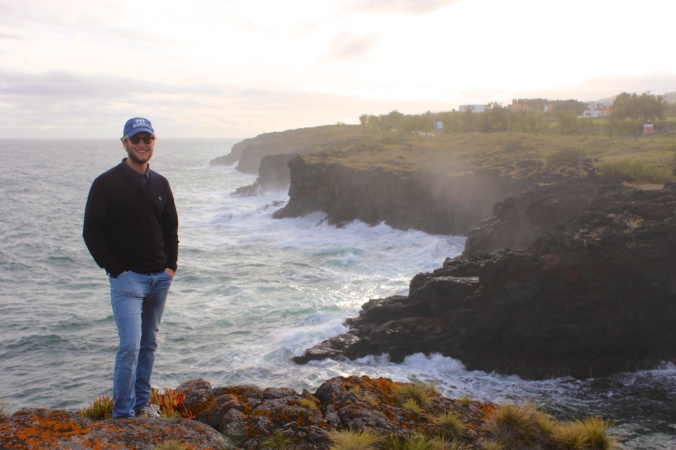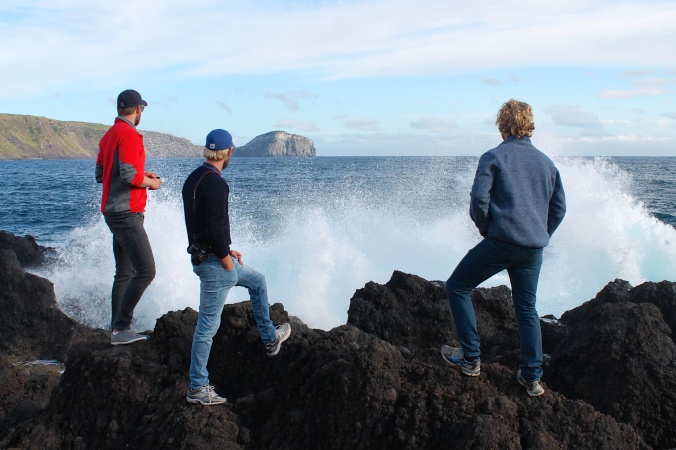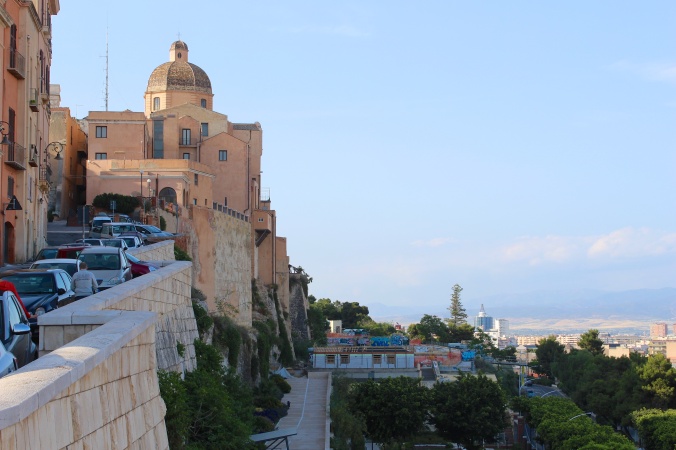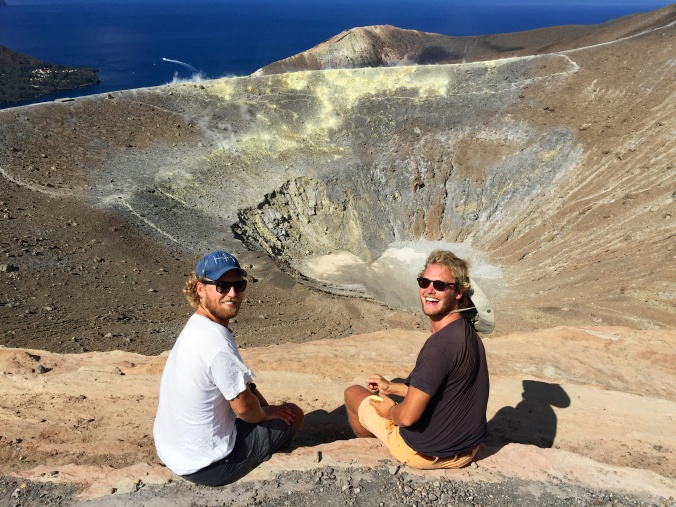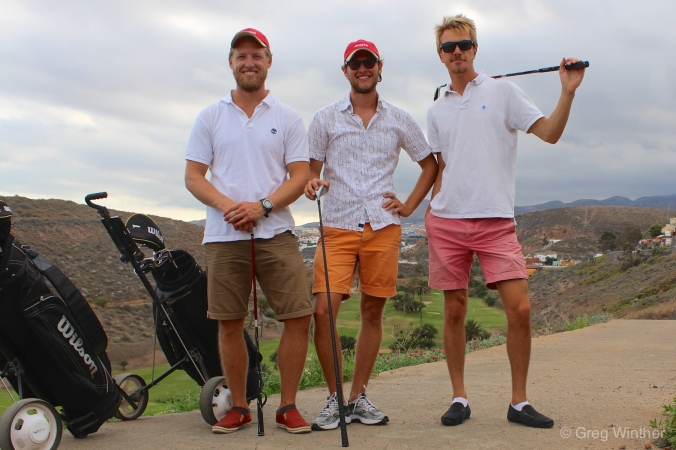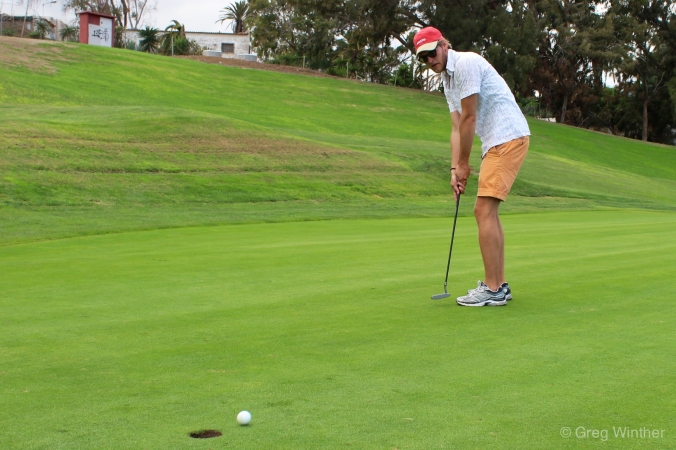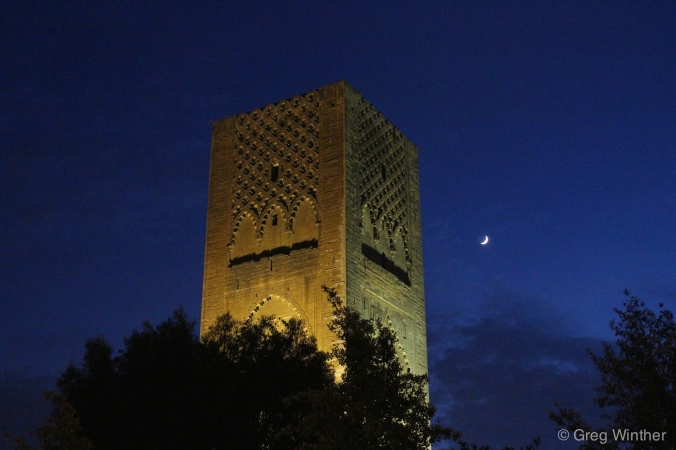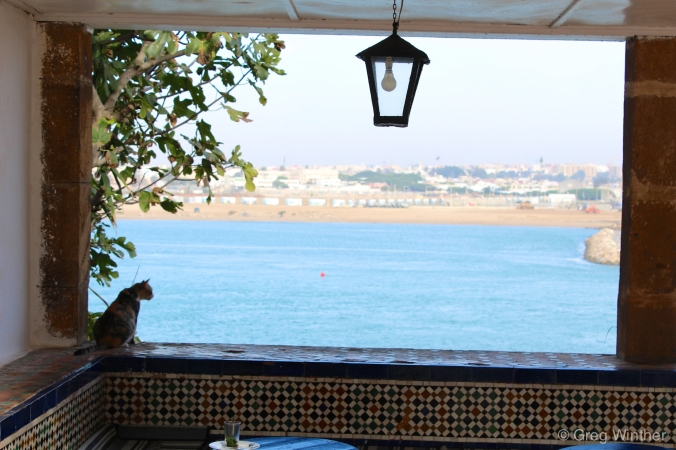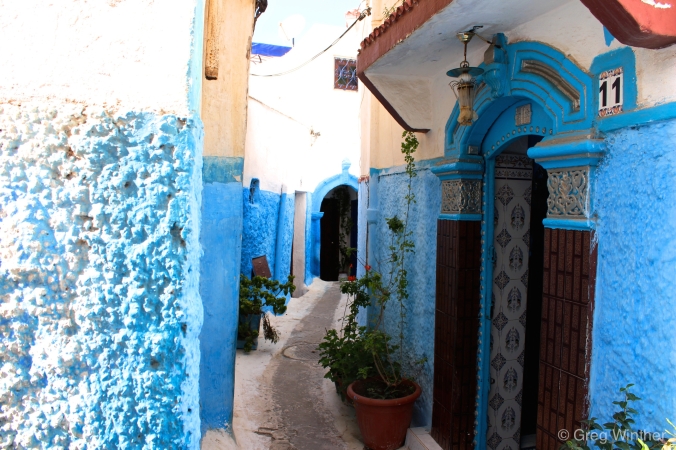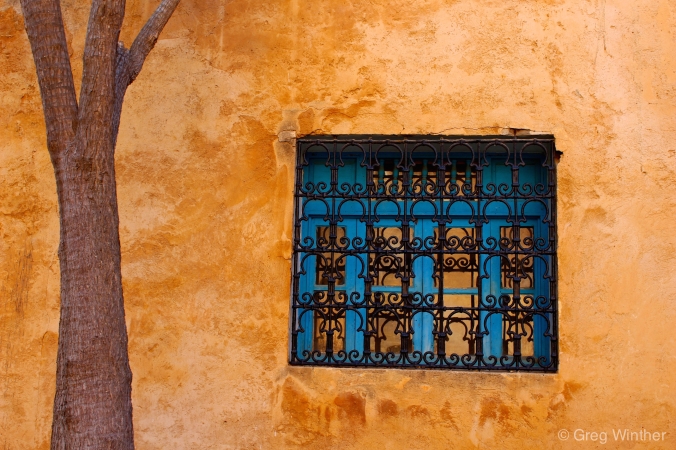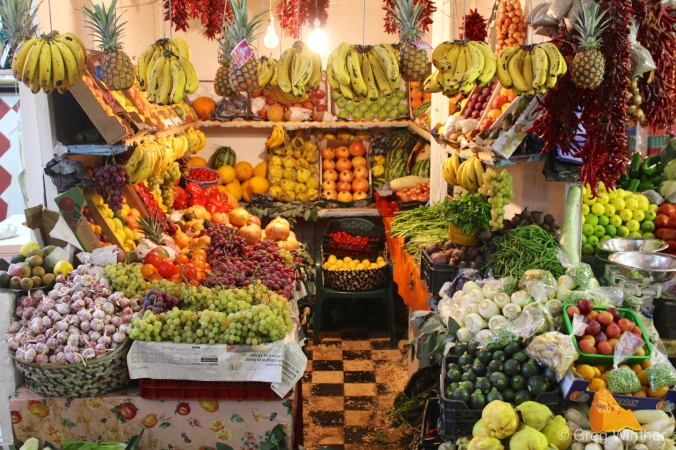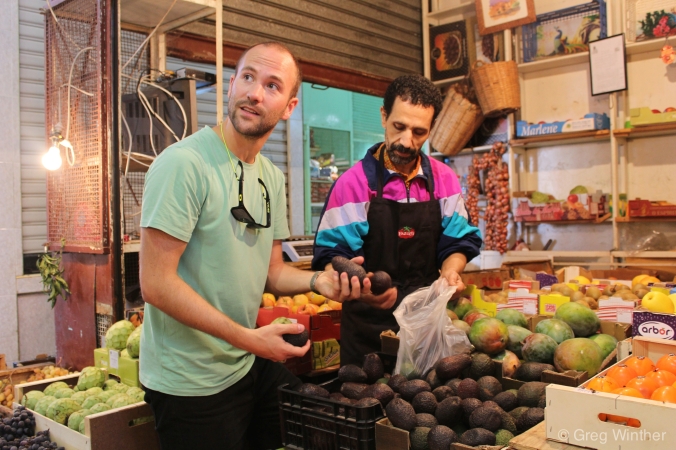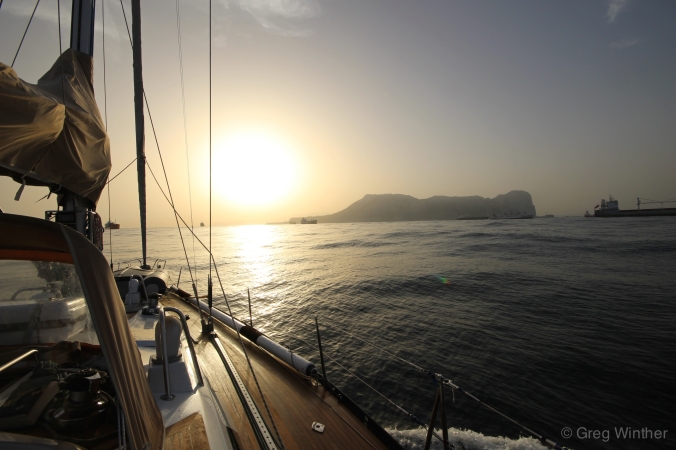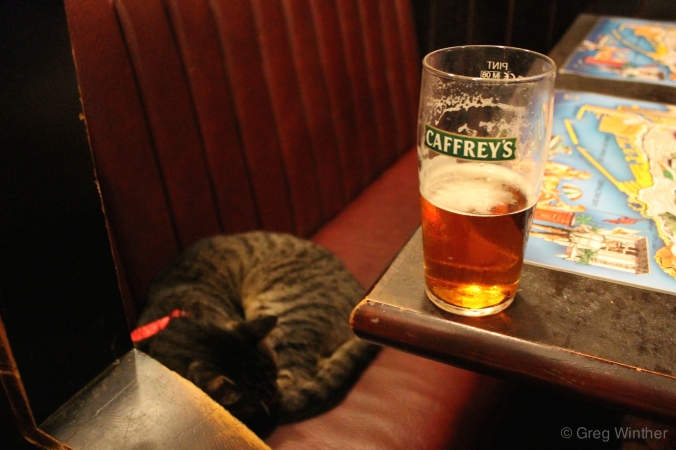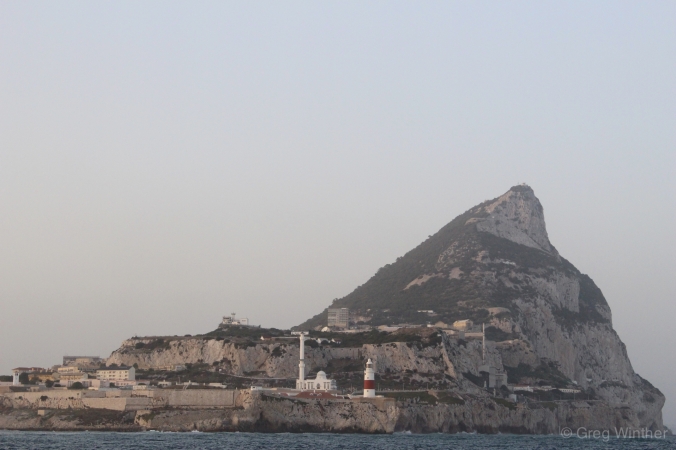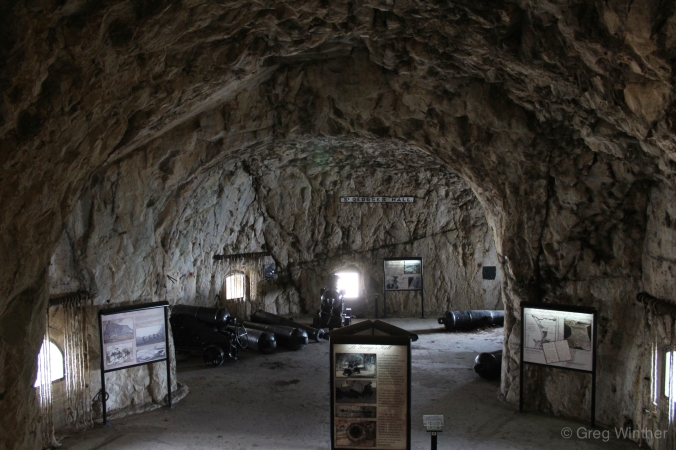It has been a while since our last blog post, and we are very sorry about. The last month has seen a lot of sailing. We have by and large been in transit the entire time and there has, regrettably, been little time to keep all of our followers happy. Skimming through all the pictures on our cameras and phones we have found a handful of gems depicting our leisurely activities spanning from our stop on the Azores until our arrival here in Cavtat (Croatia) yesterday.
Sightseeing
CoCo Open
After a week of maintenance and repair work the crew of S/Y CoCo decided it was time for a break. Sebastian had heard some rumours that one of the best golf courses in the world was located on Gran Canaria and the other crew members quickly picked up on the idea of golfing as a leisure activity. It was decided that we should try out El Cortijo Golf Course, a 15 minute drive from Las Palmas. Making reservations proved difficult as no phone number was listed on El Cortijo’s website, but we eventually found one after a bit of googling. Green fee and club hire for three persons came to € 410, which the crew found somewhat steep. Nevertheless, a four and a half hour game and 18 holes were thoroughly enjoyed.
Measure both by Stableford points and number of strokes, Henrik was the eminent winner with 32 points and 115 strokes. Peter achieved a point score of 29, while Sebastian managed 21. It should be pointed out that Sebastian was allocated ten fewer strokes than the two other players, because of his handicap of 28, while the Henrik and Peter are green card players (no handicap). Therefore, the number of strokes paint a slightly different picture: Sebastian used 119 while Peter used 121. Conclusively, Sebastian is not as good as his handicap entails and the reason why Peter and Henrik still only have green cards is elusive.
Africa in Brief
If you saw our latest VLOG episode you know that we have been to Morocco. If you are an even keener follower you will have noticed that we have moved quite a bit since then. “Isn’t it time for another blog update?” you ask. Here it is!
Morocco, a former french colony, is a blend of Arab, Berbers, Sub-saharan africans and European cultures. In addition to Moroccon Arabic and several Berber dialects, French is a recognised language. Morocco is a constitutional monarchy with an elected parliament, yet the monarch holds vast legislative and executive powers. King Mohammed IV is the current ruler of Morocco, a direct descendant of the prophet Mohammed.
We visited two (three) cities in Morocco; Tangier and Rabat (and Salé). Tangier was a logical stop after sailing through the strait of Gibraltar. Regrettably, the harbour was not much to speak of. Mostly dominated by smaller fishing vessels, the harbour did not have fresh water, electricity or diesel readily available, and we had to lay alongside another sailing vessel behind an old, retired ferry. Providentially, we met a nice arab gentleman who offered to drive diesel to us in jerry cans on his moped. Furthermore, the harbourmaster waived all fees at time of departure and hoped we would return in 18 months at the completion of a giant marina specifically aimed at yachts.
Rabat, the capital and second largest city in Morocco, was something else entirely. We lay at berth in Bouregreg Marina, a brand new marina situated in a newly developed waterfront neighbourhood in the former pirate town of Salé. Salé and Rabat are different cities, on opposing banks of the Bouregreg river, but for all practical purposes they are know thought of as one and the same.
In both Tangier and Rabat we found time to do some sightseeing. A handful of the many gorgeous sights below.
Gibraltar: A Very British Enclave
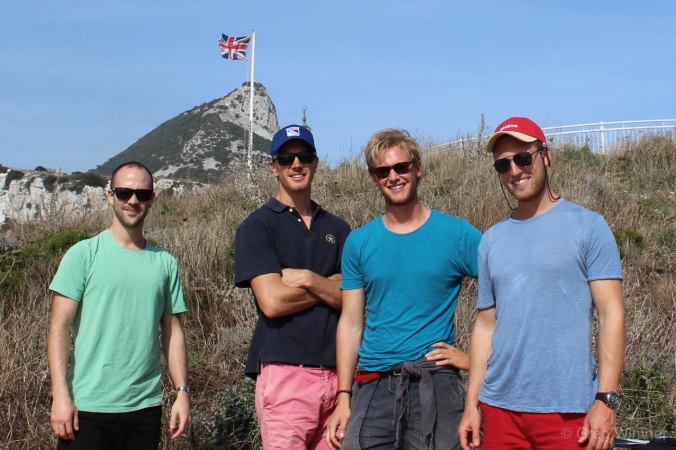
The crew at Europa Point. From the left: Paal André Slette, Peter T.M. Brandt, Sebastian G. Winther-Larsen and Henrik Hartmann.
Three days ago Paal André Slette was added to the crew of S/Y CoCo. The morning after Paal André embarked we left for Gibraltar and arrived just after sunset the same day. The harbours in Gibraltar itself did not have room for us, so we opted for a spanish port literally ten metres from the border.
The British Overseas Territory of Gibraltar is an interesting case, in the honest and very biased opinion of the author of this post, and a short history lesson will follow. Consider yourself warned.
Evidence of Neanderthal habitation in Gibraltar between 28000 and 24000 BC, but in modern history the first inhabitants where the Phoenicians. Gibraltar was later part of the Visigothic kingdom until the Islamic conquest of Iberia in 711 AD. In 1160 AD Almohad sultan Abd al-Mu’min had a permanent settlement built, called Medinat al-Fath. From 1274 and onwards the town was fought over, captured, bought and sold by numerous kings, dukes and other warlords of several nationalities. In 1704, during the Spanish war of succession, Gibraltar was captured by a combined Anglo-Dutch fleet on behalf of Archduke Charles of Austria in his campaign to become king of Spain. The treaty of Utrecht ceded control of Gibraltar to the British Empire in 1713 for perpetuity in order to secure Britain’s withdrawal from the war. Attempts where made by the Spanish to regain Gibraltar, most notably through The Great Siege of Gibraltar that lasted from 1779 to 1783. Gibraltar has subsequently been a somewhat difficult subject in Anglo-Spanish relations. Movement to and from Gibraltar was restricted by Spain from the 1950s and the border was completely closed from 1969 and until 1982. Talks on the matter have been difficult as the Spanish government does not regcognise the Gibraltarian government. Britain has committed itself to respecting the Gibraltarians’ wishes which are very clear – Spanish sovereignty was rejected in a 2002 referendum by an overwhelming majority of 98 %.
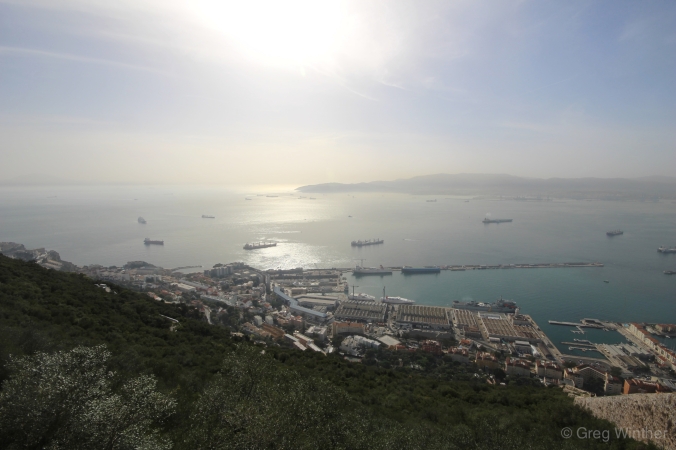
Gibraltar harbour. The ship berthed to the right is bound for Sierra Leone with 800 health personnel, several field hospitals and 20 Toyotas.
For the crew of S/Y CoCo Gibraltar was a relief from the language barrier Spain has proven itself to be. Here we found British pubs, British phone booths, British-English accents and British street signs. Even the markings on the asphalt is the same as any typical British town. The main currency is the Gibraltar pound which is pegged to the British pound sterling. Gibraltar has a population of around 30000 on an area of just 6.8 square kilometres and it’s economy is governed by four main sectors: financial services, gambling, tourism and shipping. The British military has historically dominated Gibraltar’s economy, but this has diminished over the years to around 7 % of GDP today.
A central part of Gibraltar’s geography is the Rock of Gibraltar which rises 426 metres into the air. The Rock itself consists of limestone and has been turned into a fortress with a labyrinthine web of tunnels amounting to a total length of 48 km. An interesting creature that inhabits The Rock is the Barbary macaque. The macaques rely in great part on humans for food and can be very naughty if you happen to be holding a bar of chocolate in your hand.
The Gibraltar International Jazz Festival was in it’s warm-up days when we arrived and we were able to enjoy a great jam session at the O’Callaghan Elliot Hotel before heading back to CoCo to plan for our passage through the strait and along the Moroccan coast.
